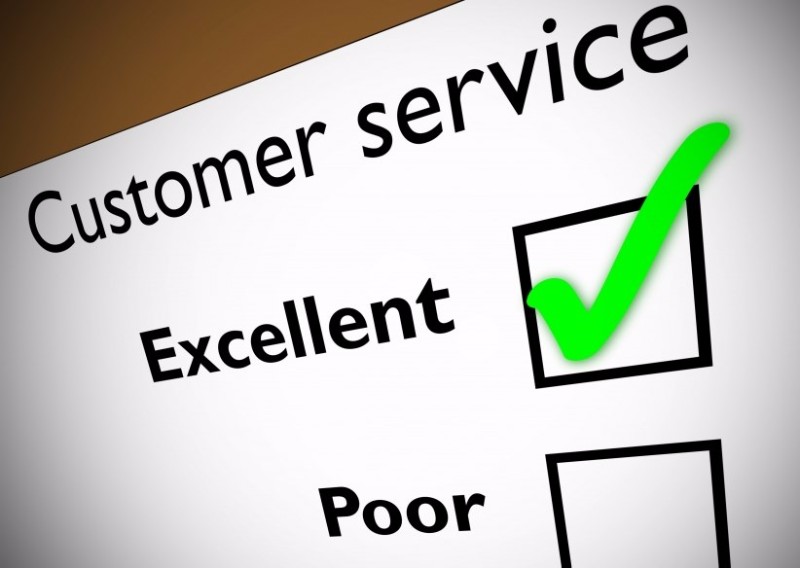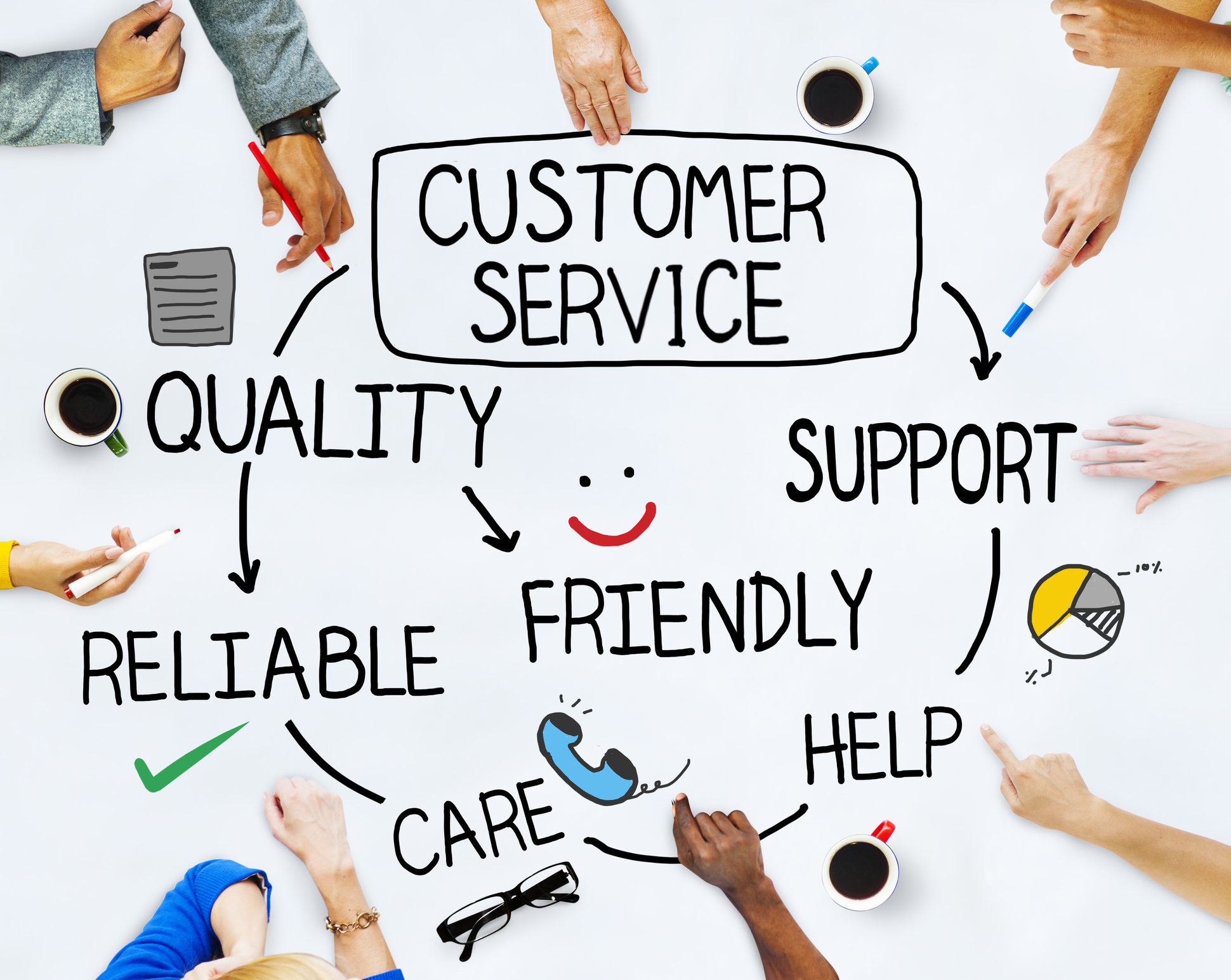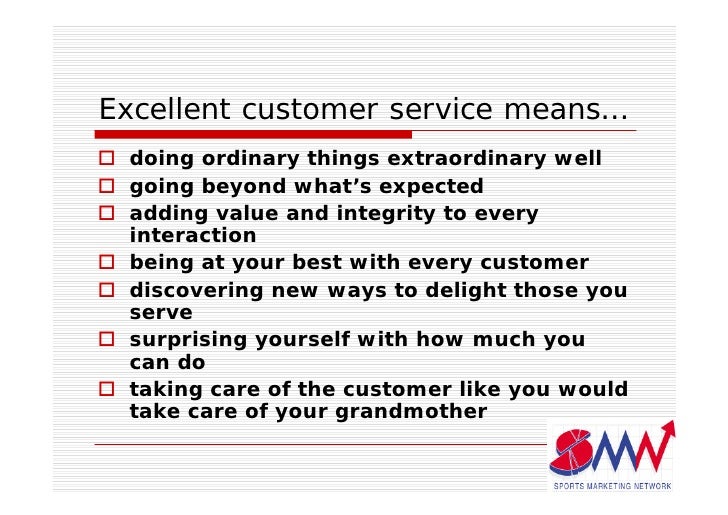Provide Excellent Customer Service

Customer service standards are plummeting, threatening business survival. Immediate action is required to reverse this dangerous trend.
This article examines the critical need for businesses to prioritize and drastically improve their customer service strategies in a rapidly evolving market. Failure to do so risks losing customers to competitors who understand the value of exceptional service.
The Crisis: Customer Dissatisfaction on the Rise
Reports indicate a significant increase in customer dissatisfaction across multiple sectors. According to a recent J.D. Power study, customer satisfaction has declined by 5% in the past year alone.
This decline is attributed to long wait times, unhelpful support staff, and a general lack of empathy from customer service representatives. This is not just about being nice; it's about resolving issues effectively.
The Impact: Business Losses and Damaged Reputation
Poor customer service directly translates to lost revenue. Research from Accenture reveals that U.S. companies lose $1.6 trillion annually due to customers switching providers because of poor service.
Furthermore, negative online reviews and social media complaints can quickly damage a company's reputation. A single negative experience can deter potential customers and impact brand loyalty.
The Solution: Prioritizing Customer-Centric Strategies
The solution lies in adopting a customer-centric approach. Businesses must invest in training their employees to handle customer interactions with empathy and efficiency.
Implementing advanced technologies like AI-powered chatbots and personalized customer service portals can also significantly improve the customer experience. However, technology should enhance, not replace, human interaction.
Key Strategies for Improvement
Empower Employees: Give customer service representatives the authority to resolve issues without unnecessary bureaucratic hurdles. This reduces wait times and empowers employees to take ownership of customer problems.
Personalize Interactions: Use customer data to personalize interactions and anticipate customer needs. Tailored solutions demonstrate that the business values individual customers and understands their unique requirements.
Proactive Communication: Communicate proactively with customers about potential issues or delays. Transparency builds trust and prevents frustration.
The Urgency: Act Now or Fall Behind
The competitive landscape demands immediate action. Businesses that fail to prioritize customer service risk losing market share to those who do.
Investing in customer service is not just a cost; it's a strategic investment in the long-term success of the business. Consider the case of Zappos, a company renowned for exceptional customer service, which has demonstrably boosted sales and customer loyalty.
Next Steps: Continuous Monitoring and Improvement
Companies must continuously monitor customer feedback and adapt their strategies accordingly. Regularly assessing customer satisfaction levels and identifying areas for improvement is crucial.
This includes tracking key metrics such as customer satisfaction scores (CSAT), Net Promoter Scores (NPS), and customer churn rates. Ongoing training and development for customer service staff are equally important.
The time to act is now. The future of businesses depends on prioritizing and delivering exceptional customer service.

















